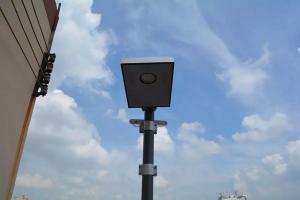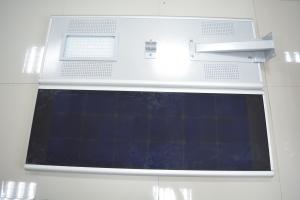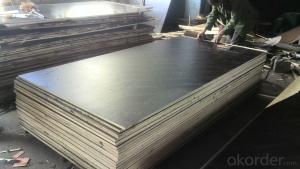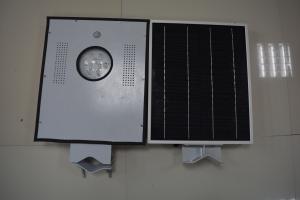One Solar Inverter Manual
One Solar Inverter Manual Related Searches
Ac Inverter For Solar Panels Solar Panel With Ac Inverter Gas Furnace With Ac Panda Hot Water Bottle Cover Minion Hot Water Bottle Cover Abb Solar Water Pump Inverter Solar Water Pump Philippines Extra Long Hot Water Bottle Solar Panel Dc To Ac Inverter Old Fashioned Hot Water BottleHot Searches
Second Hand Scaffolding Poles For Sale Pedestal Fan With Water Spray Price High Mast Light Price List Philips High Mast Lighting Price List Bajaj High Mast Lighting Price List Bike Gps System Price In India Outdoor Led Screen Price Coronation Hot Water Bottle Price Price Of Water Cooler Solar Module Wholesale Price Evacuated Tube Solar Collectors Price Abb 50 Kw Solar Inverter Price Wholesale UPVC Pipe Price Philippines Mtn Lumos Solar Inverter Price Lorentz Solar Pumps Price Alcoa Aluminum Stock Price Today Aluminum Skirting Price Price Of Century Plywood 19Mm pvc resin price index Lasani Wood Sheet PriceOne Solar Inverter Manual Supplier & Manufacturer from China
Okorder.com is a professional One Solar Inverter Manual supplier & manufacturer, offers integrated one-stop services including real-time quoting and online cargo tracking. We are funded by CNBM Group, a Fortune 500 enterprise and the largest One Solar Inverter Manual firm in China.Hot Products
FAQ
- Yes, a solar inverter can be used in systems with different module voltages by adjusting its settings or using additional components such as DC optimizers or power optimizers. These components help in matching the voltage of the solar modules to the input voltage range of the inverter, allowing for efficient power conversion.
- Yes, a solar inverter can be used with a solar-powered CCTV system. A solar inverter is responsible for converting the direct current (DC) produced by solar panels into alternating current (AC) that is used to power electrical devices. In the case of a solar-powered CCTV system, the solar panels generate DC electricity, which is then fed into the solar inverter to convert it into AC power, enabling it to operate the CCTV cameras and other necessary equipment.
- Yes, a solar inverter can be used in a floating solar system. The purpose of a solar inverter is to convert the direct current (DC) generated by solar panels into alternating current (AC) that can be used to power electrical devices. In a floating solar system, the solar panels are mounted on floating platforms or structures on water bodies. The solar inverter is still required to convert the DC power generated by the panels into AC power that can be used by the electrical grid or connected devices.
- A solar inverter handles voltage harmonics by incorporating filters and control algorithms that mitigate harmonics and ensure a smooth and stable output voltage.
- Installation and maintenance of photovoltaic grid - connected inverter
- Before making an electrical connection, be sure to use the opaque material to cover or disconnect the PV panel. Exposure to sunlight, photovoltaic arrays will produce dangerous voltages. All installation operations must be done only by qualified technicians.
- What is the difference between a grid-connected inverter and an off-grid inverter? What are the advantages of a hybrid inverter?
- Offline generally need energy storage, not to send energy to the Internet. Grid has no right to interfere.
- The maximum input voltage that a solar inverter can handle depends on the specific model and make of the inverter. It can vary widely, but typically ranges between 600V to 1000V DC for residential inverters, and higher for commercial or utility-scale inverters.
- No, a solar inverter cannot be used for both grid-tied and off-grid systems. Grid-tied inverters are designed to convert solar energy into electricity and feed it back into the grid, while off-grid inverters are designed to convert solar energy into usable electricity for standalone systems not connected to the grid. The requirements and functionalities of both types of systems are different, so separate inverters are needed for each.















































